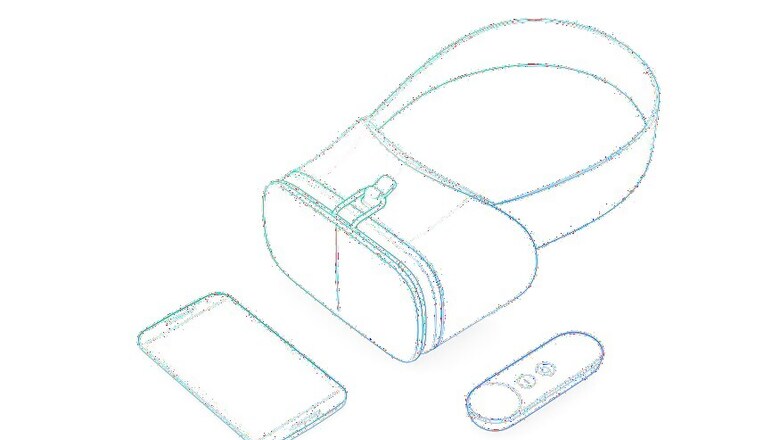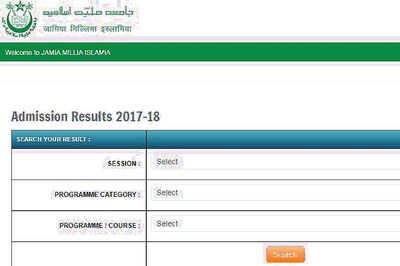
views
It's an open secret that Google is working on some kind of virtual reality headset. However, according to websites Recode and Engadget, the firm has abandoned the idea of rivaling the likes of Oculus (Rift) and HTC (Vive) to focus on a standalone model that's more geared towards augmented reality and which doesn't need to be powered by a computer or phone.
Currently, Google has a basic but effective virtual reality viewer that goes by the name of Cardboard. This, as its name suggests, is a VR headset made from cardboard into which users slot a smartphone running YouTube and other compatible applications. The build-it-yourself kit costs $15/€20 and is compatible with most Android and iOS handsets with four- to six-inch screens.
In theory, Google's new headset shouldn't require any kind of remote connection to work. It may simply have a slot where users can slip in an Android smartphone, like the Cardboard, but in a more advanced form. Evidently there's no word yet on when this mysterious device could come to market. However, Google will launch its Daydream Android platform for virtual reality in fall 2016, after previewing it at the firm's I/O conference back in May. At the time, Google even presented a sketched outline of a potential headset and remote control.
Google's headset could also be geared up for augmented reality, like Microsoft's Hololens, currently only available to developers. For that, Google can count on the expertise of Magic Leap, a startup in which the Mountain View, California giant has invested heavily, and which develops spectacular augmented reality solutions that bring virtual content to real-world environments. Magic Leap has barely released any information about its technology let alone its schedule for development and release. It has, however, filed a patent application for a portable device (headset or glasses) compatible with this type of 3D imagery, aimed at both professionals and gamers.




















Comments
0 comment